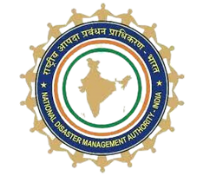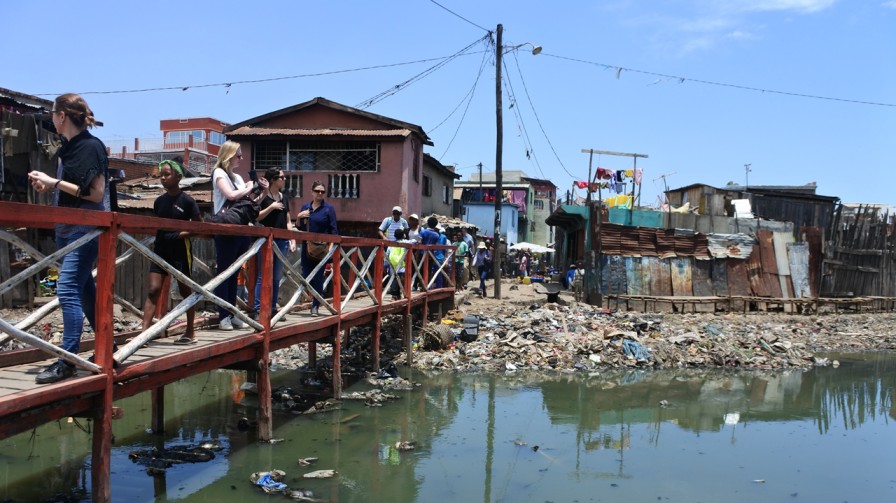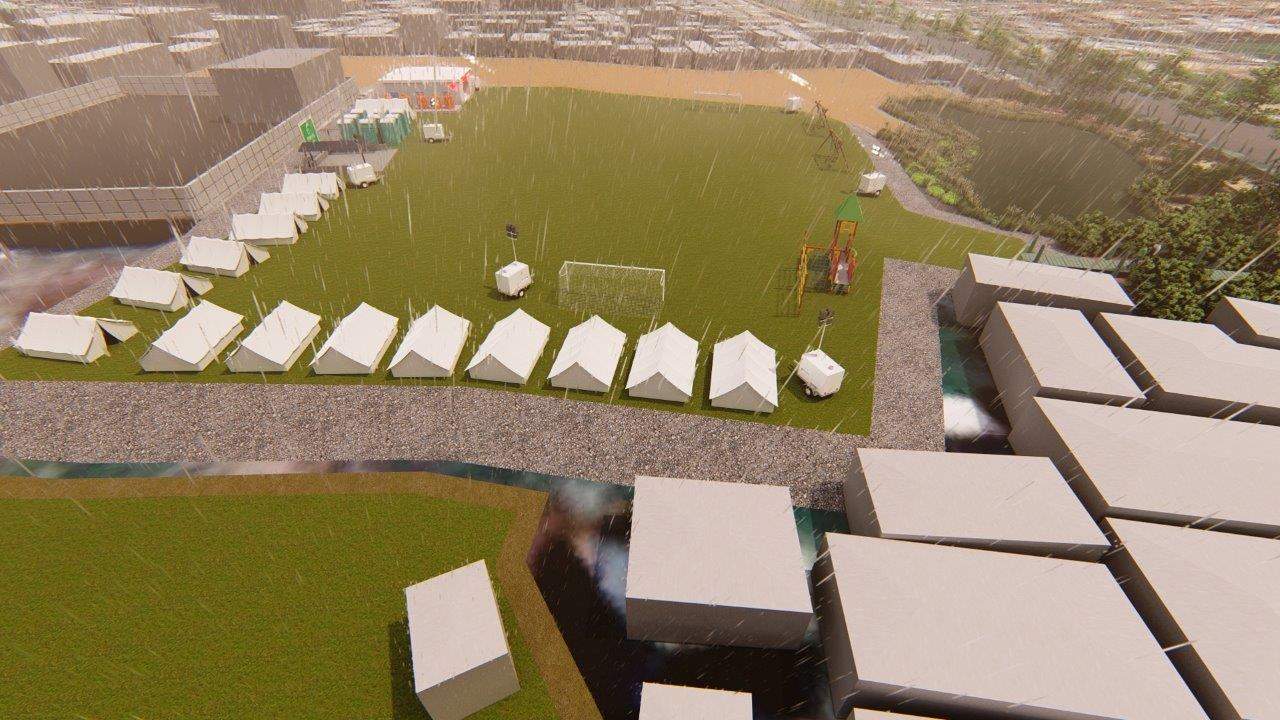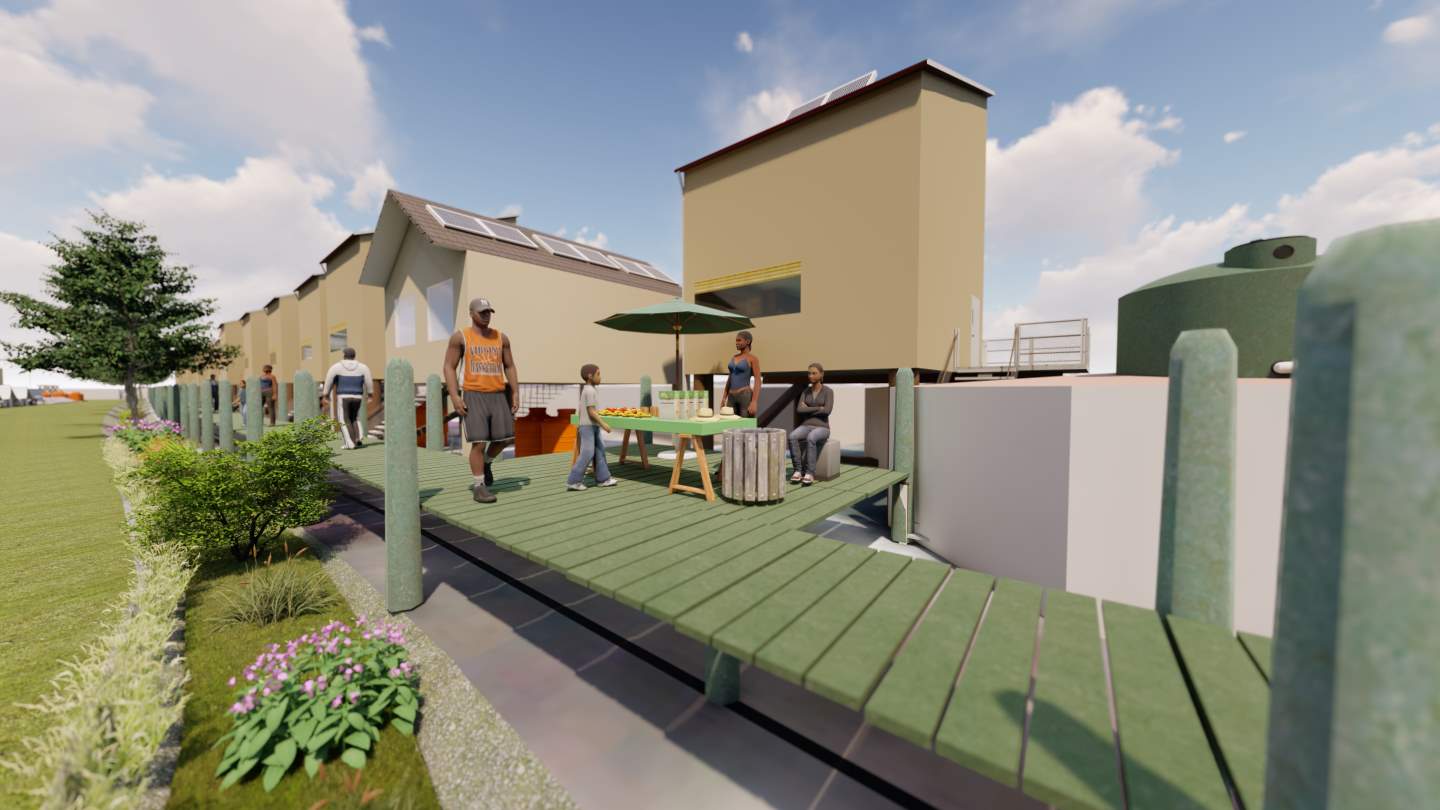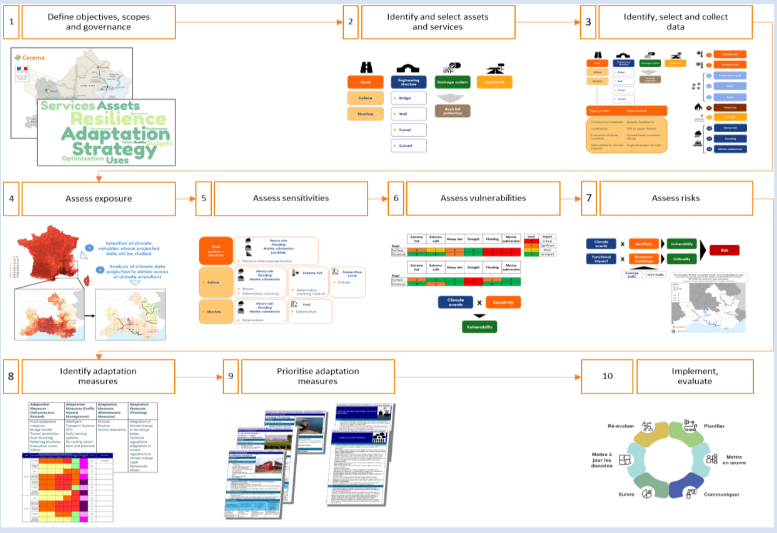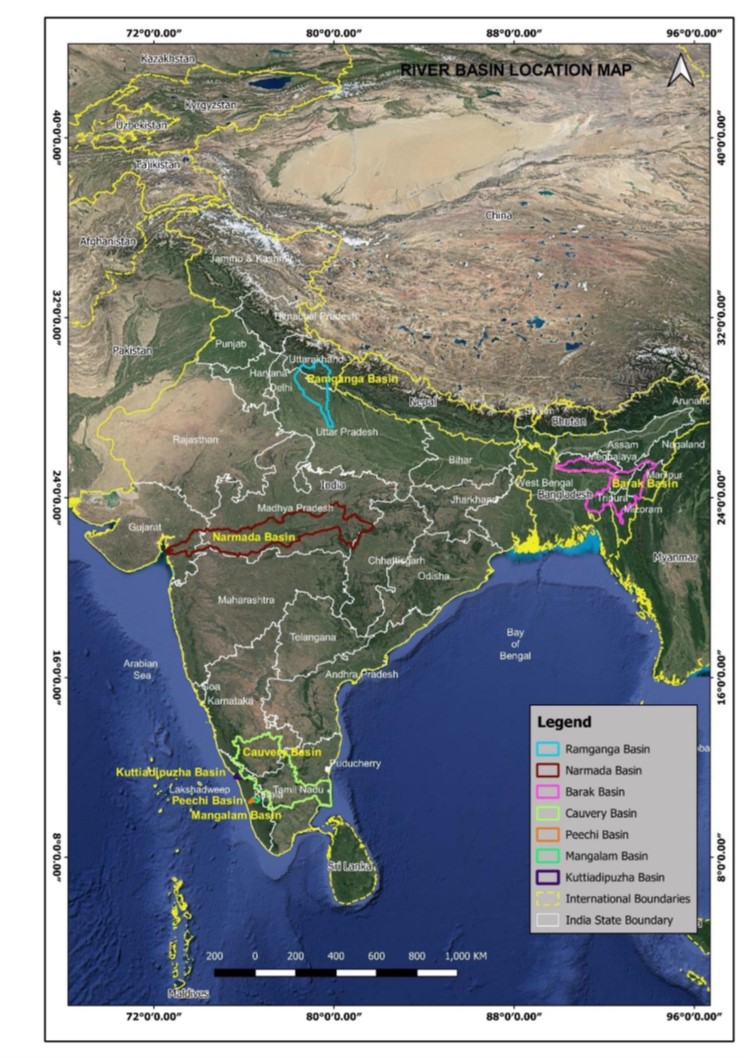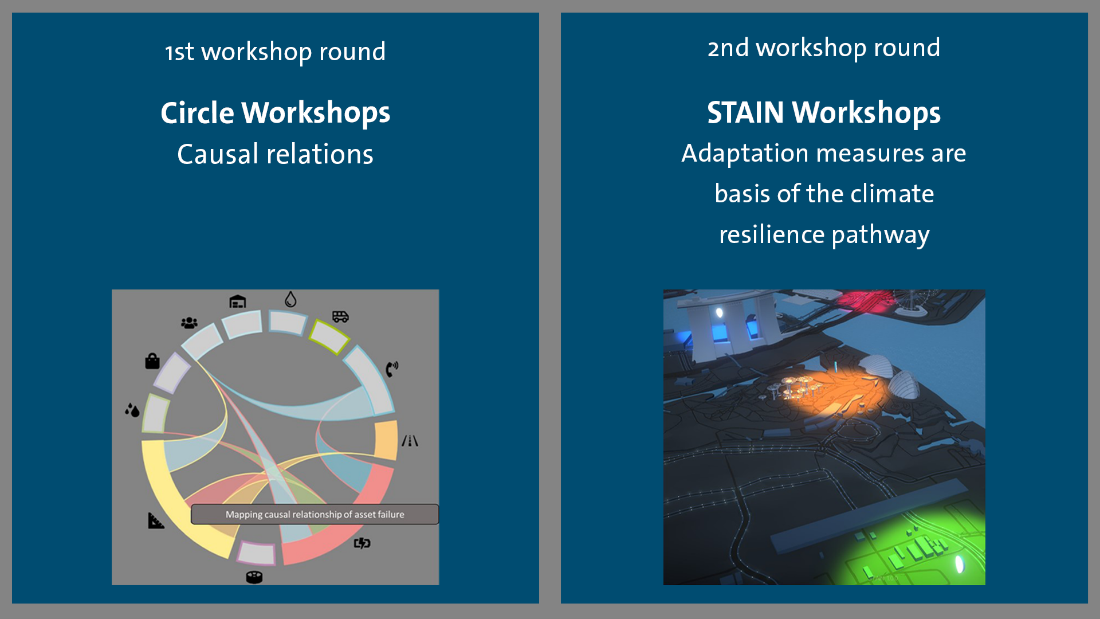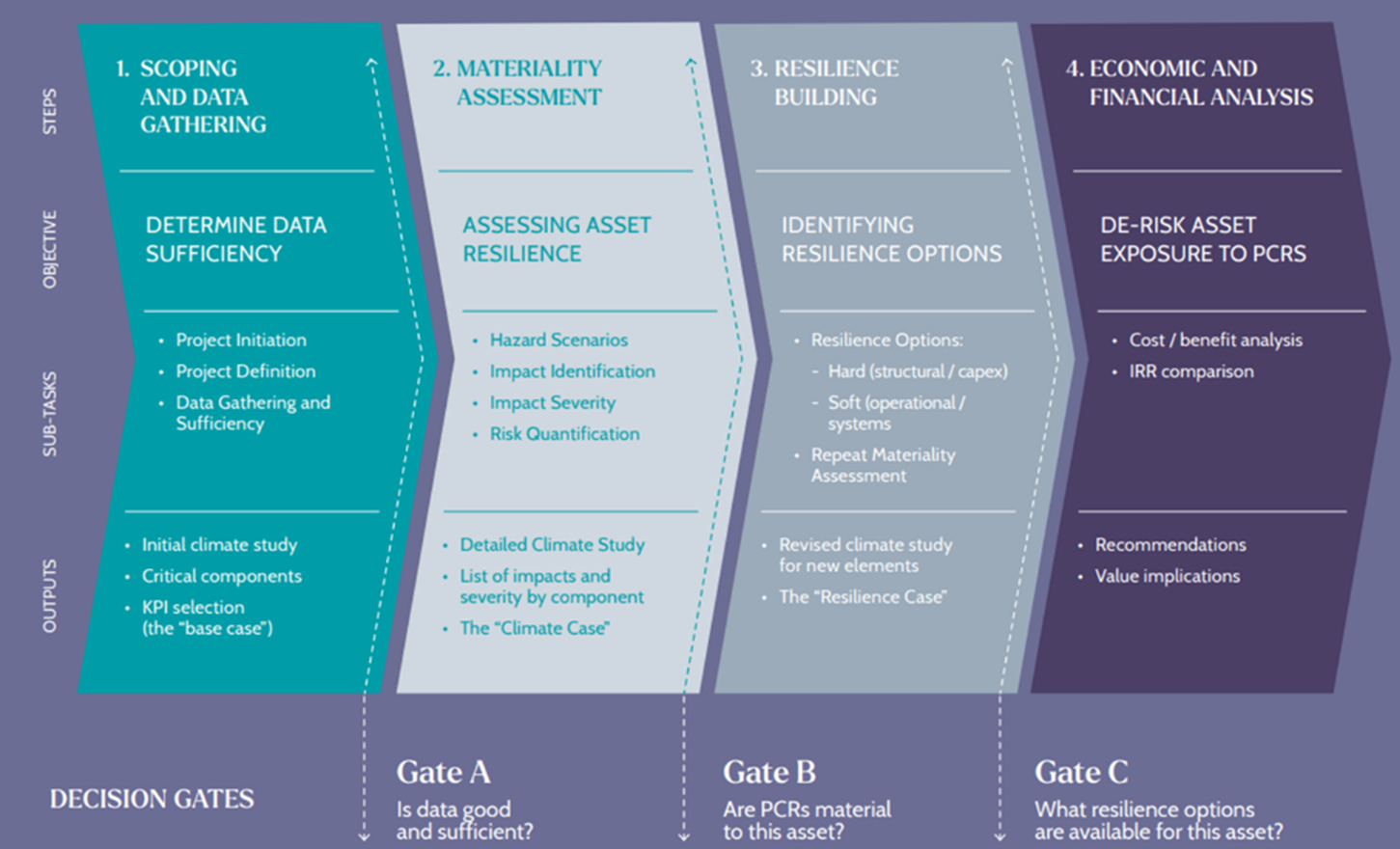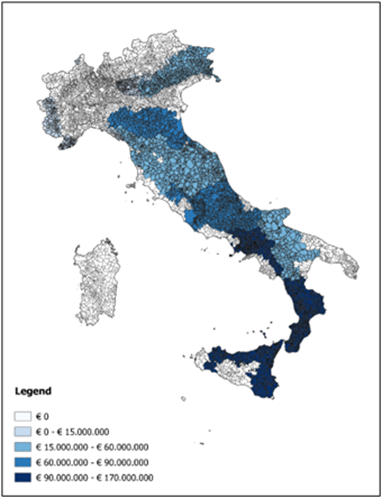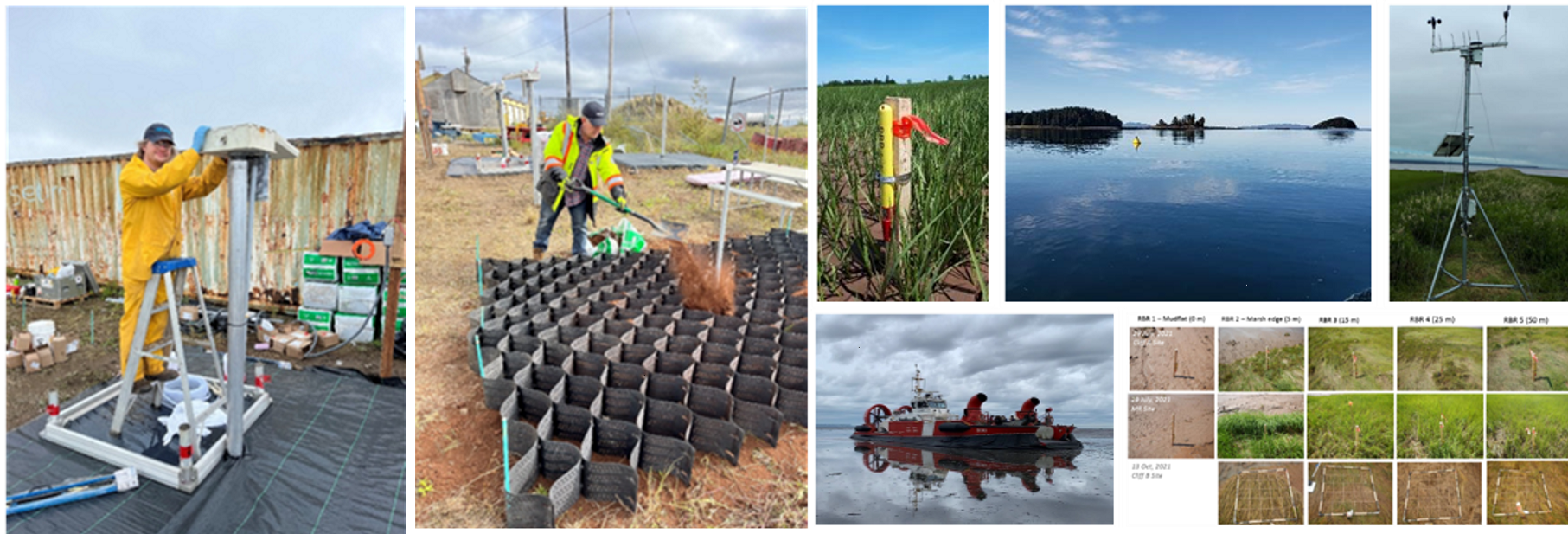The project was sub-divided into four phases - inception, diagnostic, scenario building and synergies and pre-feasibility - that resulted in development of city level strategic plans for three pilot sites and later recommendations for implementing and upscaling those pilots. The study included continuous stakeholder and community engagement, to ensure the robustness of the process adopted for the initiative.
During the inception phase, the project team defined the methodology, technical assessment framework, and community engagement activities, where they held discussions with stakeholders to arrive at a shared understanding of the problem. They conducted field visits to extract site-specific insights and further conducted the diagnostic to understand the current situation, identify challenges and opportunities, and foresee potential solutions. It was concluded that flood risk reduction in the project site of Antananarivo would require a strategic, versatile, multiscale, and scalable intervention which would be focused on enhancing the storage and discharge capacity of the floodplains. The interventions would, additionally, require capacity development and awareness generation among affected communities.
Post diagnostic, the team worked on multiple scenarios and synergistic assessment with local economic and environmental development outcomes to explore how different measures and sites could be part of a disaster evacuation plan. They focused on on-site and off-site refuges, connected by a network of evacuation routes, where NbS and other complementary measures could be implemented.
Finally, the team conducted the pre-feasibility assessment to guide the stakeholders working at different scales for implementing and upscaling NbS and other complementary measures for flood risk reduction and evacuation. Three pilot sites were selected and assessed to evaluate the effectiveness of various flood mitigation measures and to develop site specific plans. These plans included nature-based solutions like urban forests, retention ponds, and bioswales. Design guidelines for the upscaling of these pilots were developed, as well as general strategies for their implementation, maintenance, communication, and monitoring.







